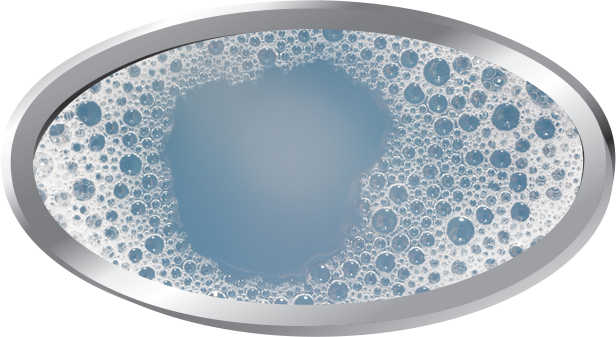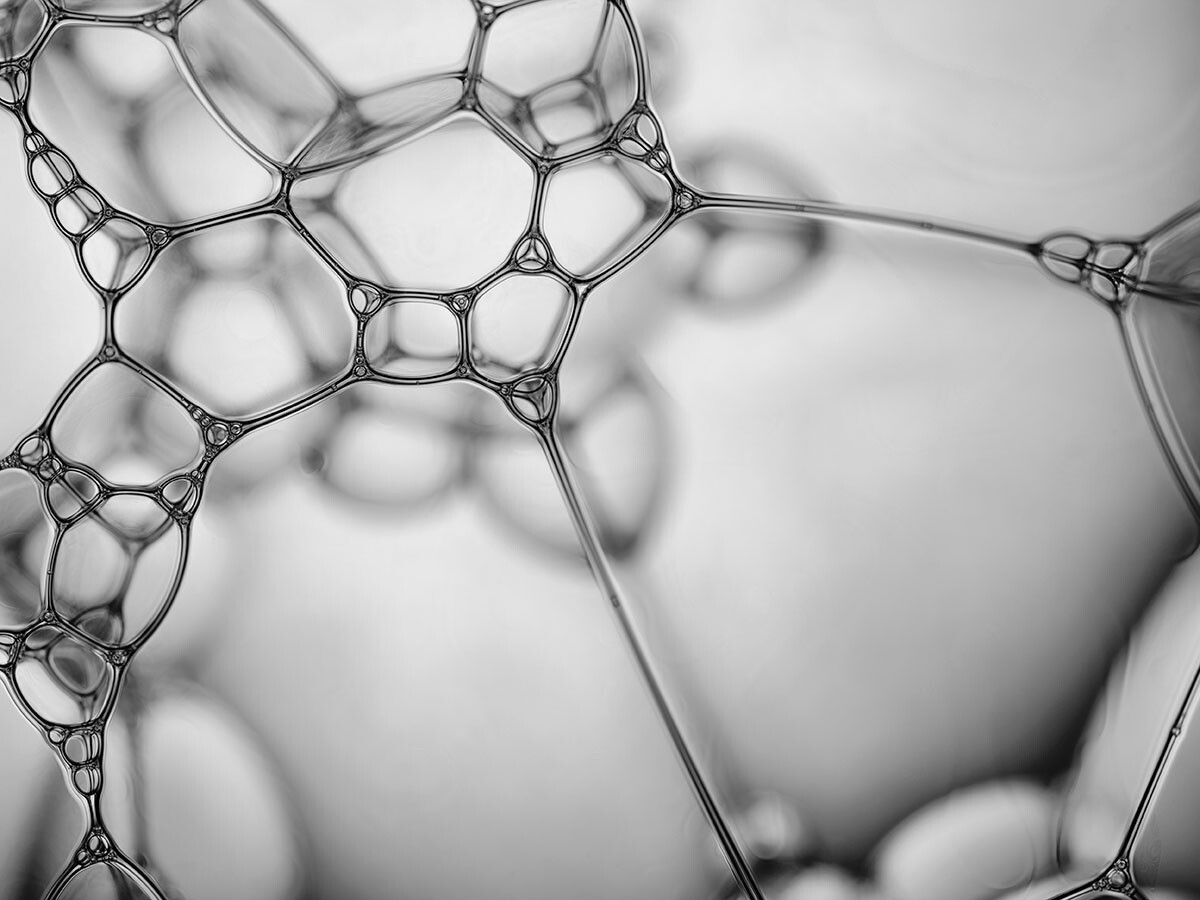The Science Behind Defoamers and Their Role in Foam Control
The Science Behind Defoamers and Their Role in Foam Control
Blog Article
The Duty of Defoamers in Enhancing Product Quality and Performance
In various manufacturing processes, the existence of foam can considerably hinder item high quality and operational effectiveness. Defoamers work as crucial additives that minimize this issue, making sure smoother production operations while improving the aesthetic and functional characteristics of the last products (defoamers). Their application spans a wide variety of industries, from food and drink to pharmaceuticals, where uniformity and dependability are vital. However, the selection of the suitable defoamer can be important to accomplishing optimum results, elevating important inquiries regarding solution compatibility and efficiency metrics that warrant more expedition.
Recognizing Defoamers
Recognizing the duty of defoamers is vital for keeping item top quality throughout numerous industries. Defoamers are chemical additives developed to protect against the formation and decrease of foam in liquid systems, which can adversely affect processes such as blending, filling up, and surface tension. Foaming can cause inadequacies, item defects, and compromised visual allure, making defoamers a crucial component in manufacturing procedures.
In industrial applications, defoamers aid to enhance item consistency and security. The efficient usage of defoamers not just guarantees smoother manufacturing processes but also contributes to remarkable product efficiency.
Furthermore, the option and formula of a defoamer should line up with specific application demands, such as compatibility with various other components, efficiency under differing temperature and pH conditions, and potential regulative restraints. Eventually, recognizing defoamers' features and their importance in different solutions is vital for optimizing manufacturing and guaranteeing the finest quality output.
Sorts Of Defoamers
Defoamers can be classified into a number of kinds based on their structure and system of activity. The key kinds include silicone-based, non-silicone natural, and inorganic defoamers.
Silicone-based defoamers are among the most reliable, mostly as a result of their ability to spread swiftly on the liquid surface area and interfere with foam formation. Their distinct chemical structure permits premium security, making them appropriate for high-temperature applications and atmospheres with varying pH degrees.
Non-silicone organic defoamers, frequently composed of fatty acids or all-natural oils, are valued for their biodegradability and lower toxicity. These are normally made use of in food and drink applications where safety and environmental effect are vital.
Not natural defoamers, that include substances like talc or calcium carbonate, act by enhancing the thickness of the fluid, consequently lowering foam security. They are usually used in industrial processes where compatibility with other materials is not a worry.
Each kind of defoamer has unique advantages and restrictions, permitting for tailored remedies relying on the details lathering problems run into in numerous applications. Recognizing these differences is important for optimizing performance and achieving desired item high quality.
Applications Across Industries
Many sectors take advantage of defoamers to enhance item quality and operational effectiveness. In the food and beverage sector, defoamers are crucial in processes such as developing and dairy production to stop foam development, which can result in inefficiencies and item disparity. By regulating foam, suppliers can guarantee better yield and a more consistent product.
In the pharmaceutical sector, defoamers play an important duty in the solution of fluid medications, where too much foam can hinder blending and precise dosing. Their usage helps preserve the honesty of the formulations and facilitates smoother production procedures.
The paint and finishes industry likewise depends on defoamers to boost the performance of items throughout application. By reducing foam, these additives guarantee a smoother coating and boost the aesthetic top qualities of the end product.

Benefits of Making Use Of Defoamers
While the application of defoamers differs throughout markets, their advantages continually improve product high quality and process efficiency. One substantial benefit is the decrease of foam development throughout producing processes, which can otherwise result in production hold-ups and disparities in item high quality. By lessening foam, defoamers allow a smoother flow of products, facilitating a lot more effective operations and reducing the likelihood of devices malfunctions.
Additionally, the usage of defoamers can boost the appearance and appearance of end products. In industries such as coatings, paints, and food handling, excessive foam can endanger the aesthetic aesthetic appeals and overall top quality, while the appropriate defoamer application makes sure an uniform finish and preferable qualities. Moreover, defoamers can add to set you back financial savings by decreasing waste throughout manufacturing and enhancing using raw products (defoamers).
Choosing the Right Defoamer
Choosing the ideal defoamer is critical for maximizing manufacturing procedures and ensuring item top quality. The selection of defoamer influences not only the effectiveness of foam control but also the overall efficiency characteristics of the end product. Factors to consider consist of the kind of application, the chemistry of the formula, and the ecological problems under which the product will be used.
Various industries may require details defoamer kinds, such as silicone-based, organic, or polymeric defoamers. Comprehending the compatibility of the defoamer with the primary active ingredients is essential to stay clear of damaging responses that could compromise item stability. Furthermore, the defoamer's effectiveness in numerous temperatures and pH degrees have to be reviewed to make sure consistent performance.
Examining the defoamer in small-scale applications can give important understandings into its performance and viability. Consideration of regulative conformity, especially in food, pharmaceuticals, and cosmetics, is critical in selecting a defoamer. Inevitably, a complete evaluation of these elements will bring about the choice of a defoamer that not just controls foam properly but likewise boosts the quality and efficiency of the end product.
Conclusion

To conclude, defoamers are crucial ingredients that considerably enhance item top quality and efficiency across numerous industries. By properly reducing foam formation, these agents not only boost operational effectiveness however likewise add to the like it practical and aesthetic navigate to this site stability of items. The calculated option and application of defoamers cause cost savings, enhanced resource use, and enhanced consumer fulfillment. Generally, the value of defoamers in commercial procedures can not be overstated, as they play an important function in attaining regular and high-grade end results.
Frothing can lead to inefficiencies, product issues, and endangered aesthetic appeal, making defoamers a critical component in manufacturing procedures.

Report this page